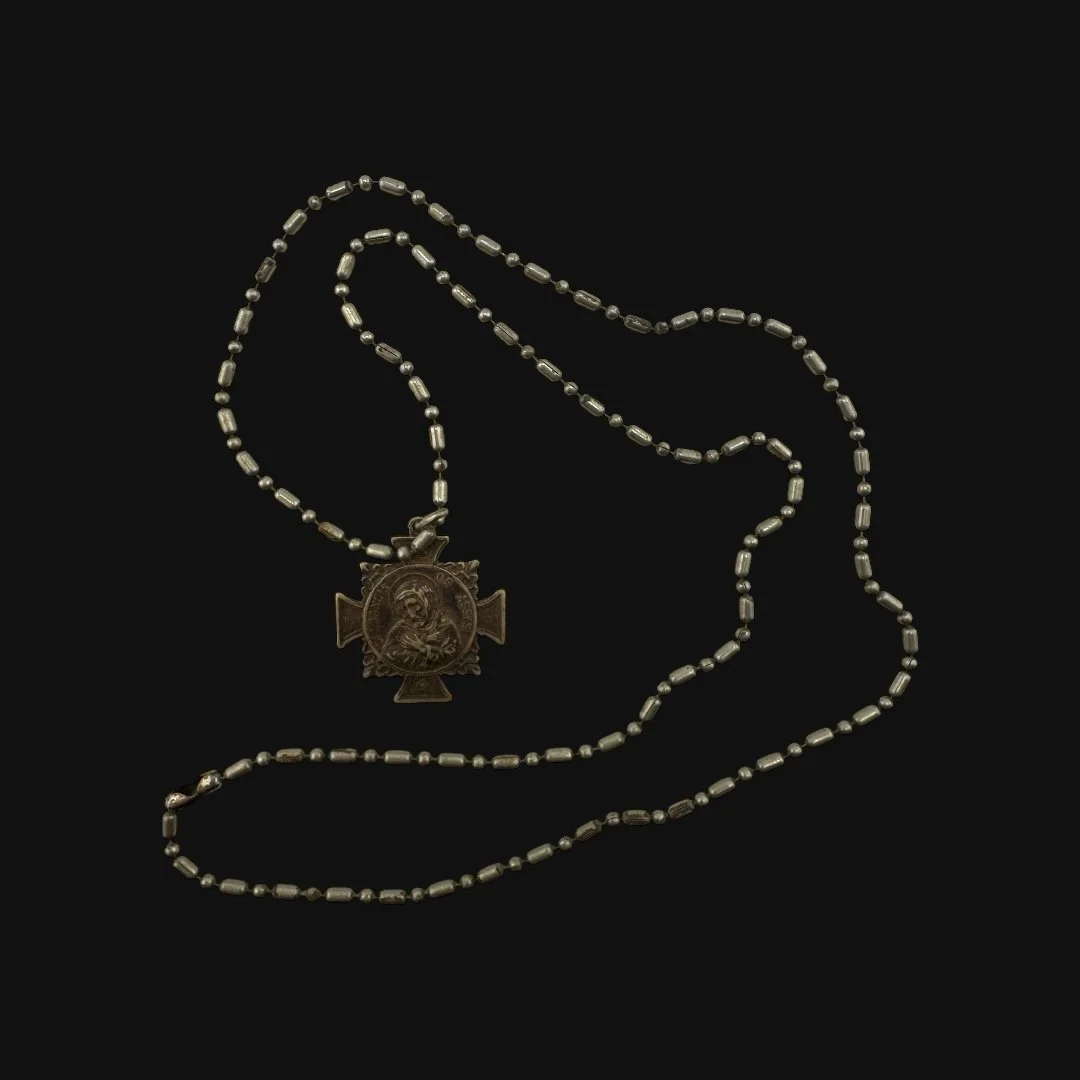 Image 1 of 16
Image 1 of 16

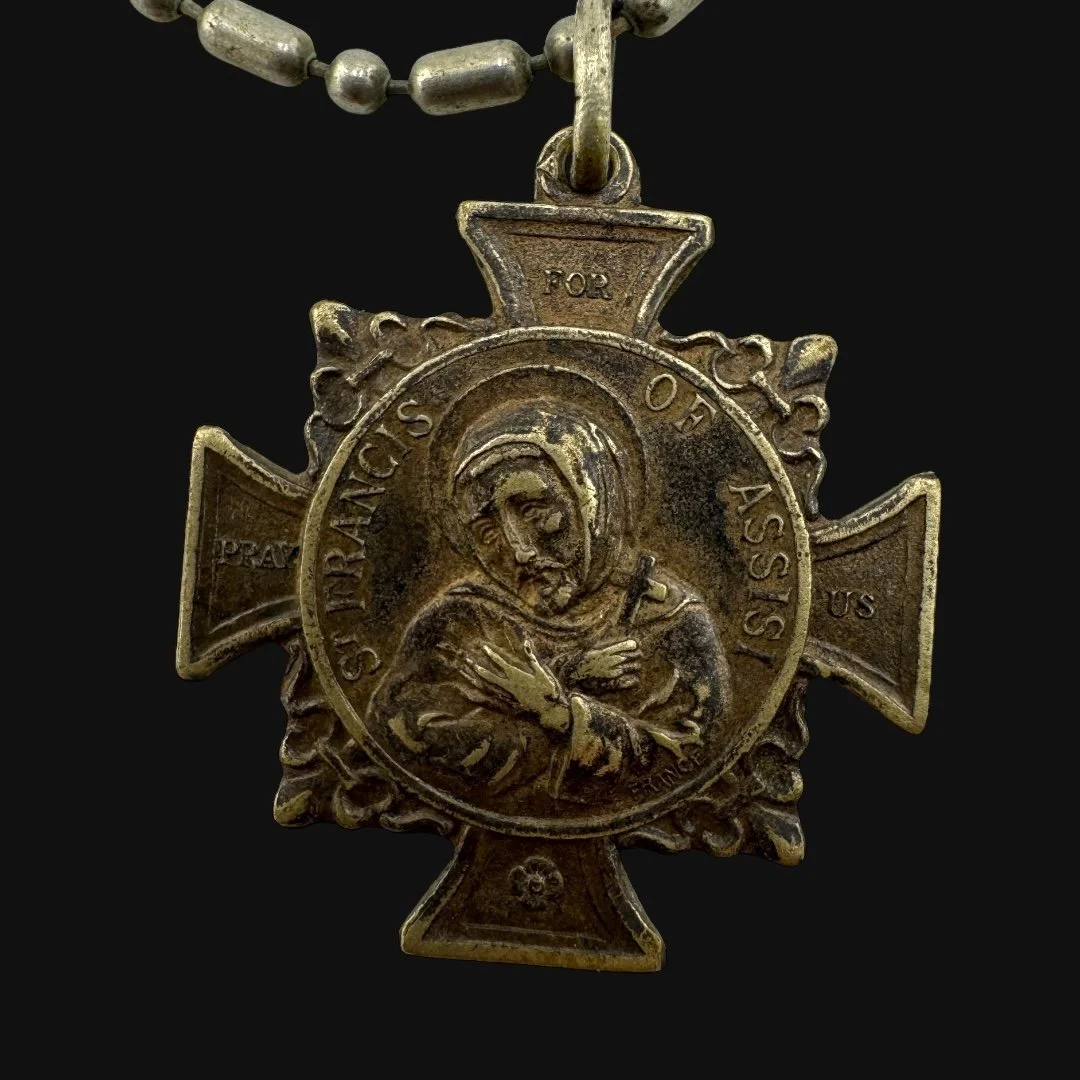 Image 2 of 16
Image 2 of 16

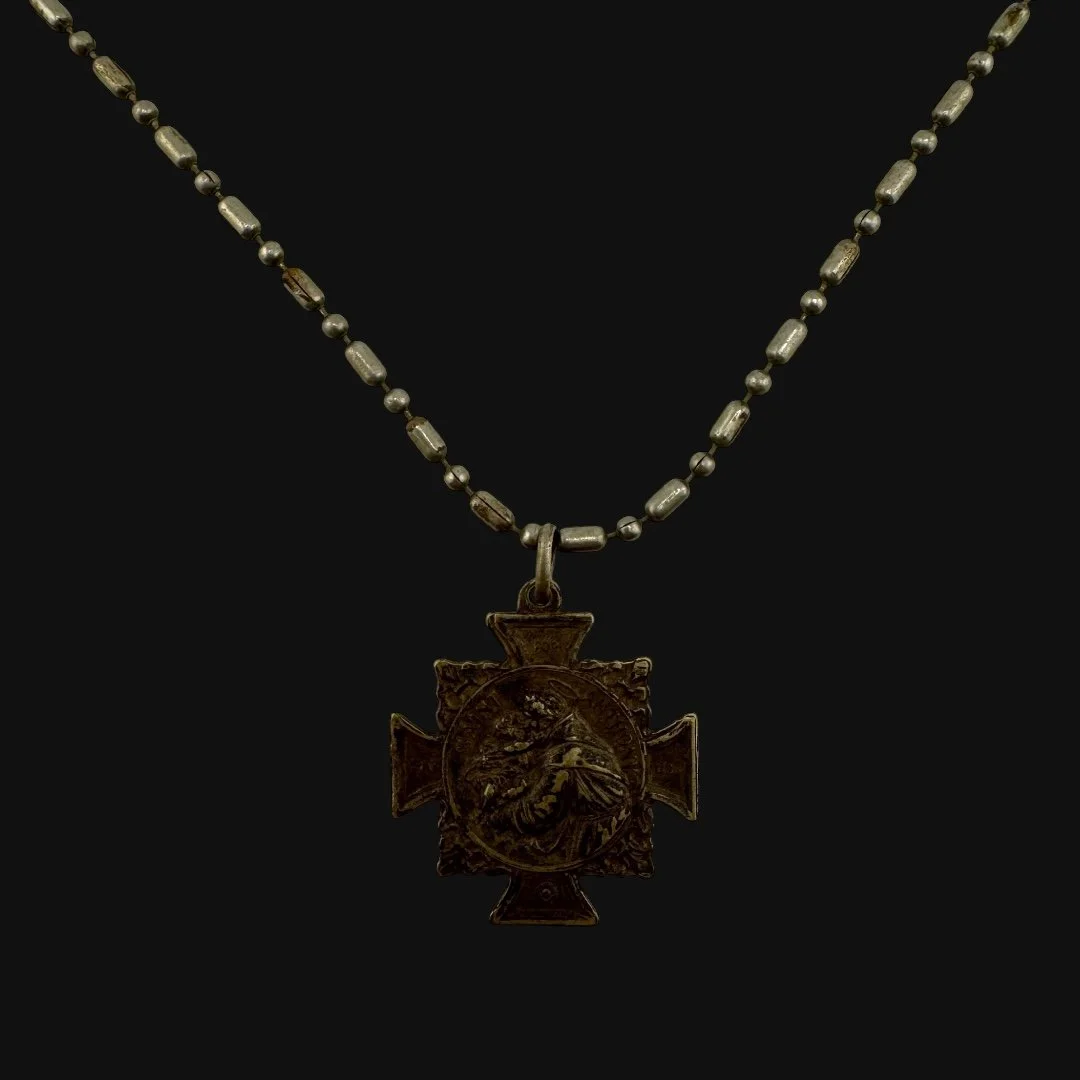 Image 3 of 16
Image 3 of 16

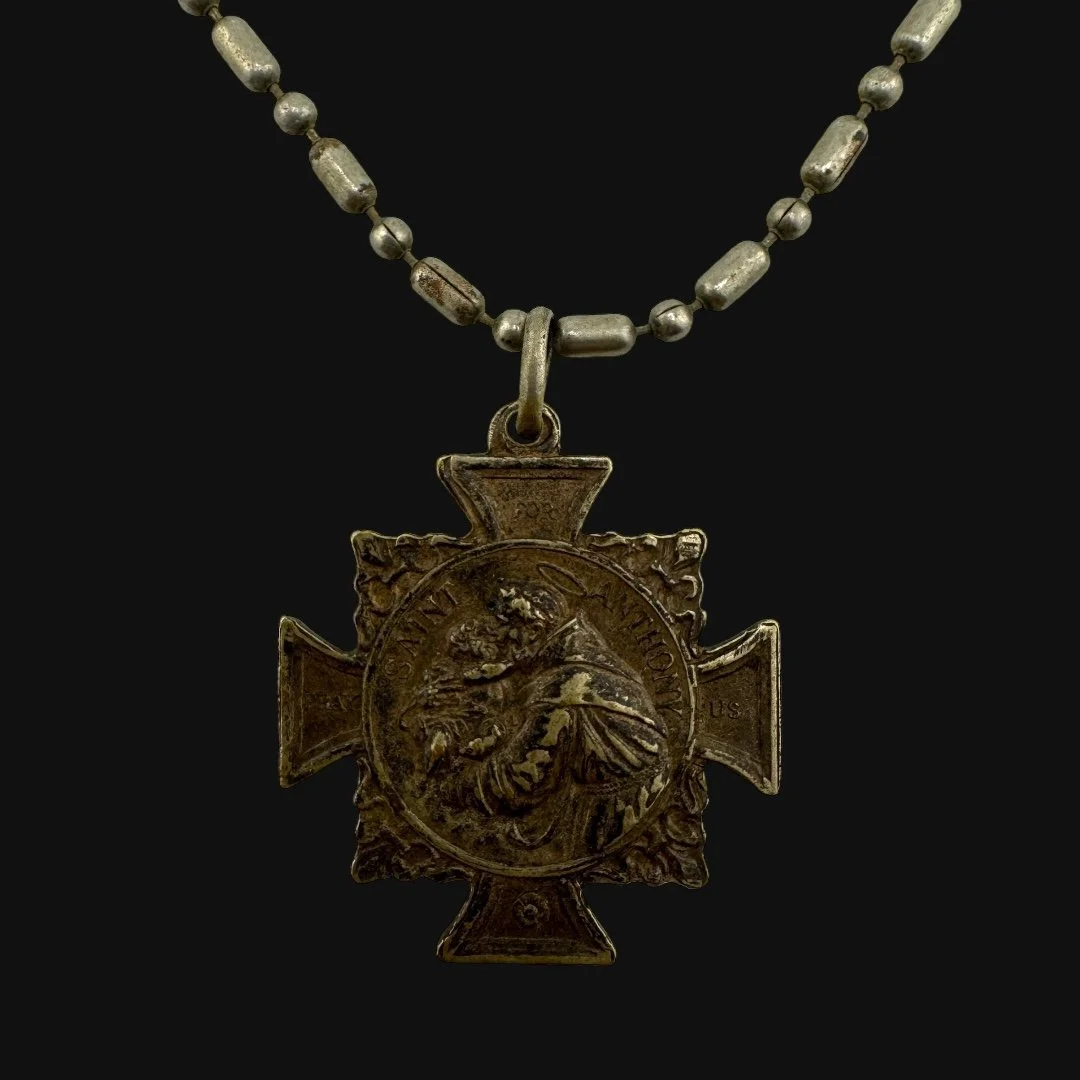 Image 4 of 16
Image 4 of 16

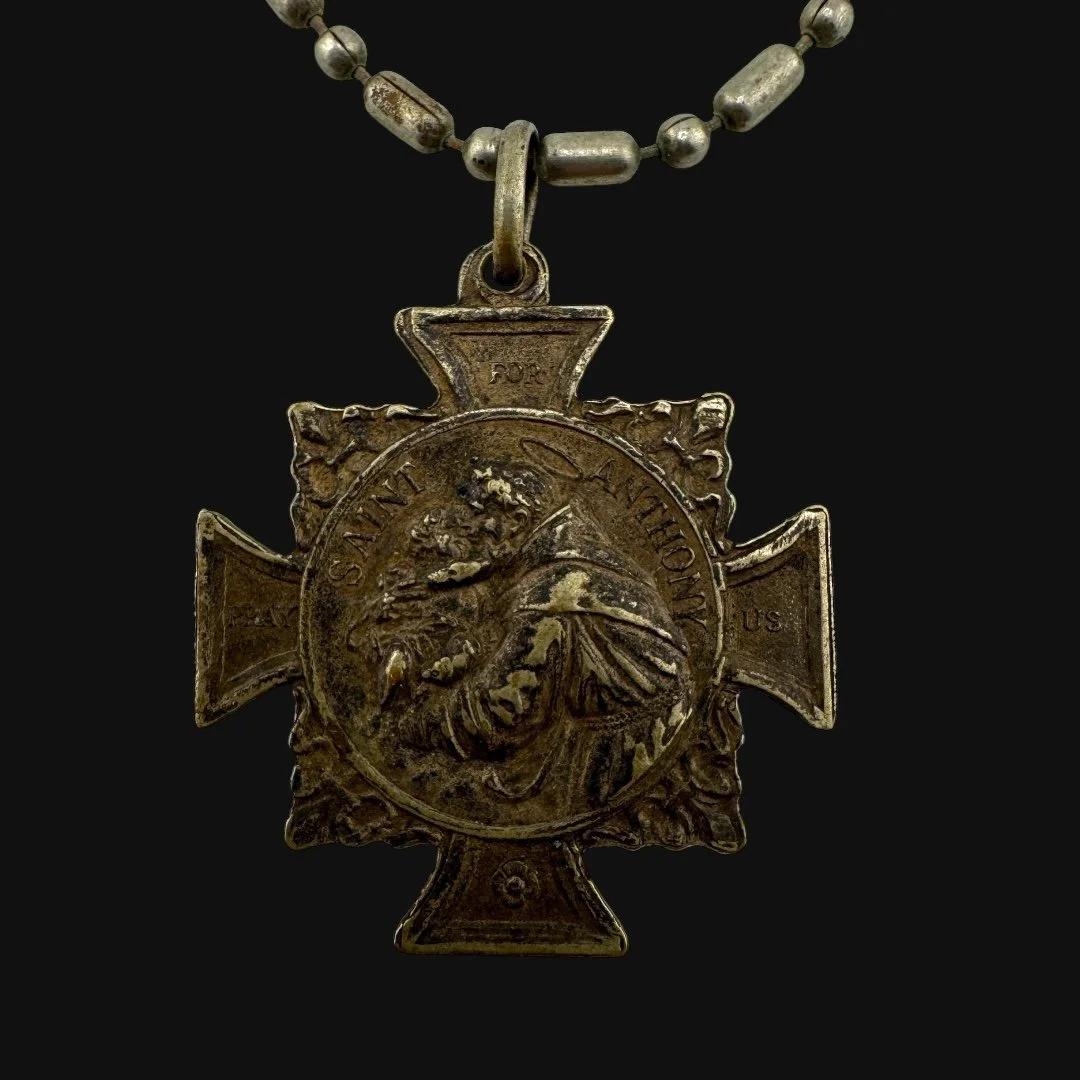 Image 5 of 16
Image 5 of 16

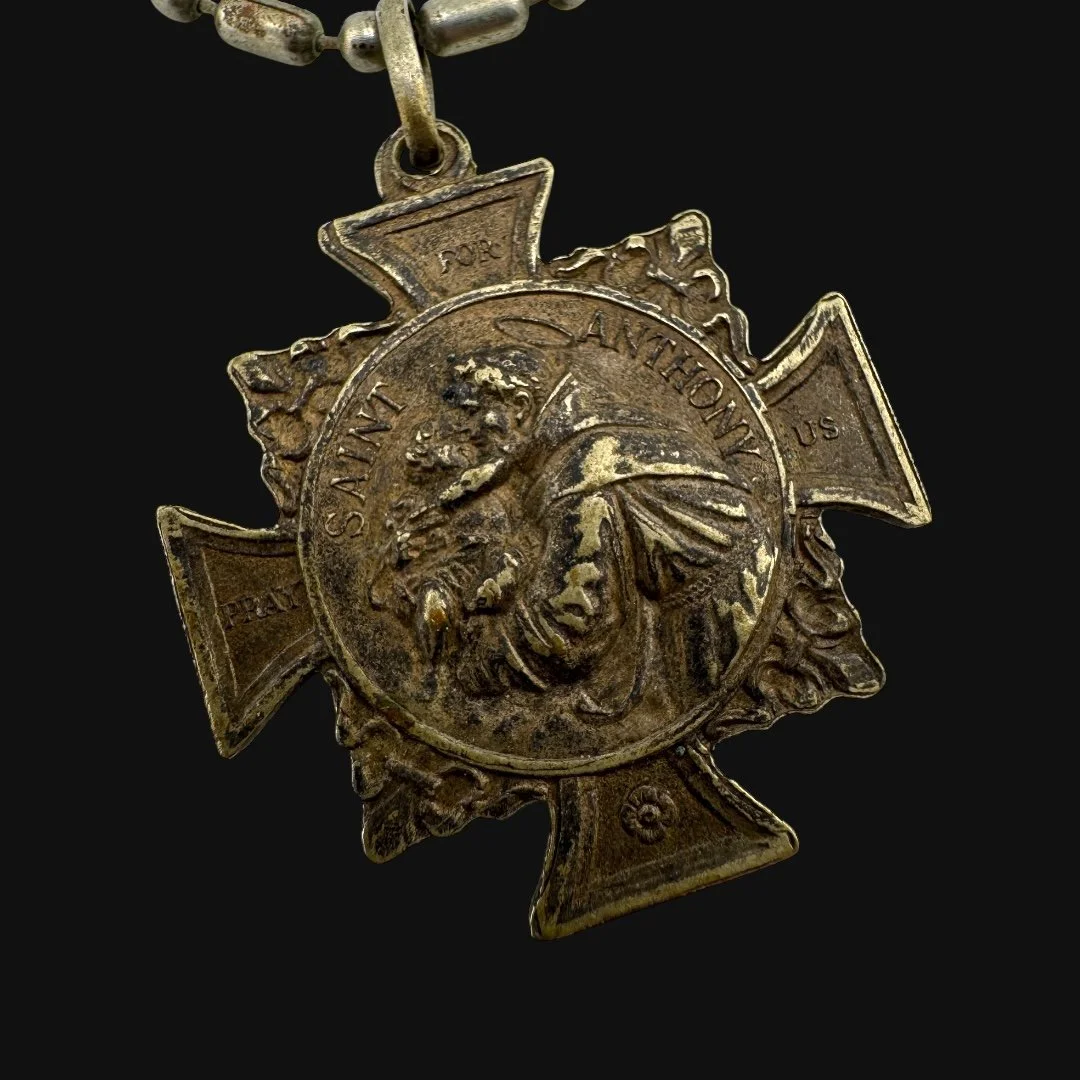 Image 6 of 16
Image 6 of 16

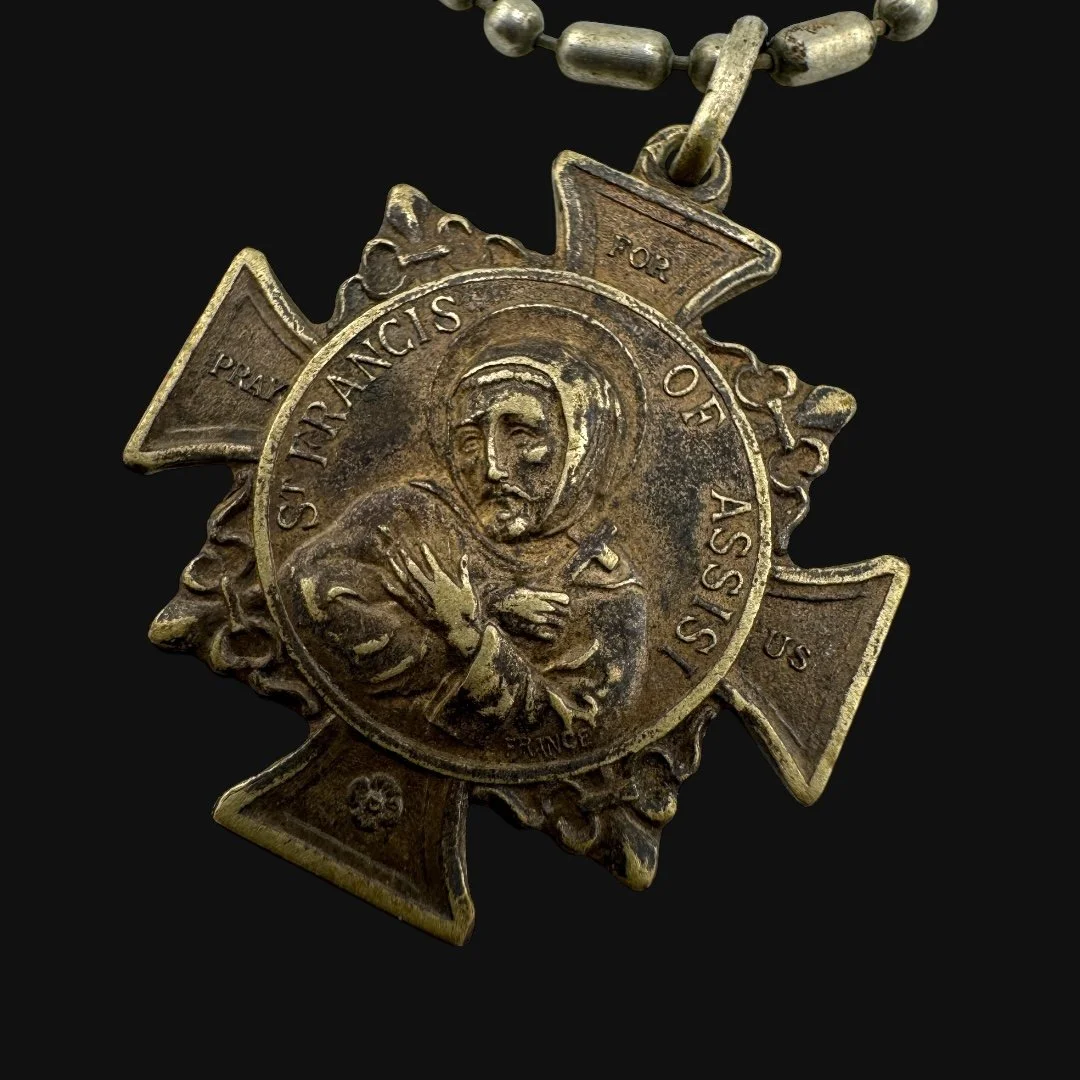 Image 7 of 16
Image 7 of 16

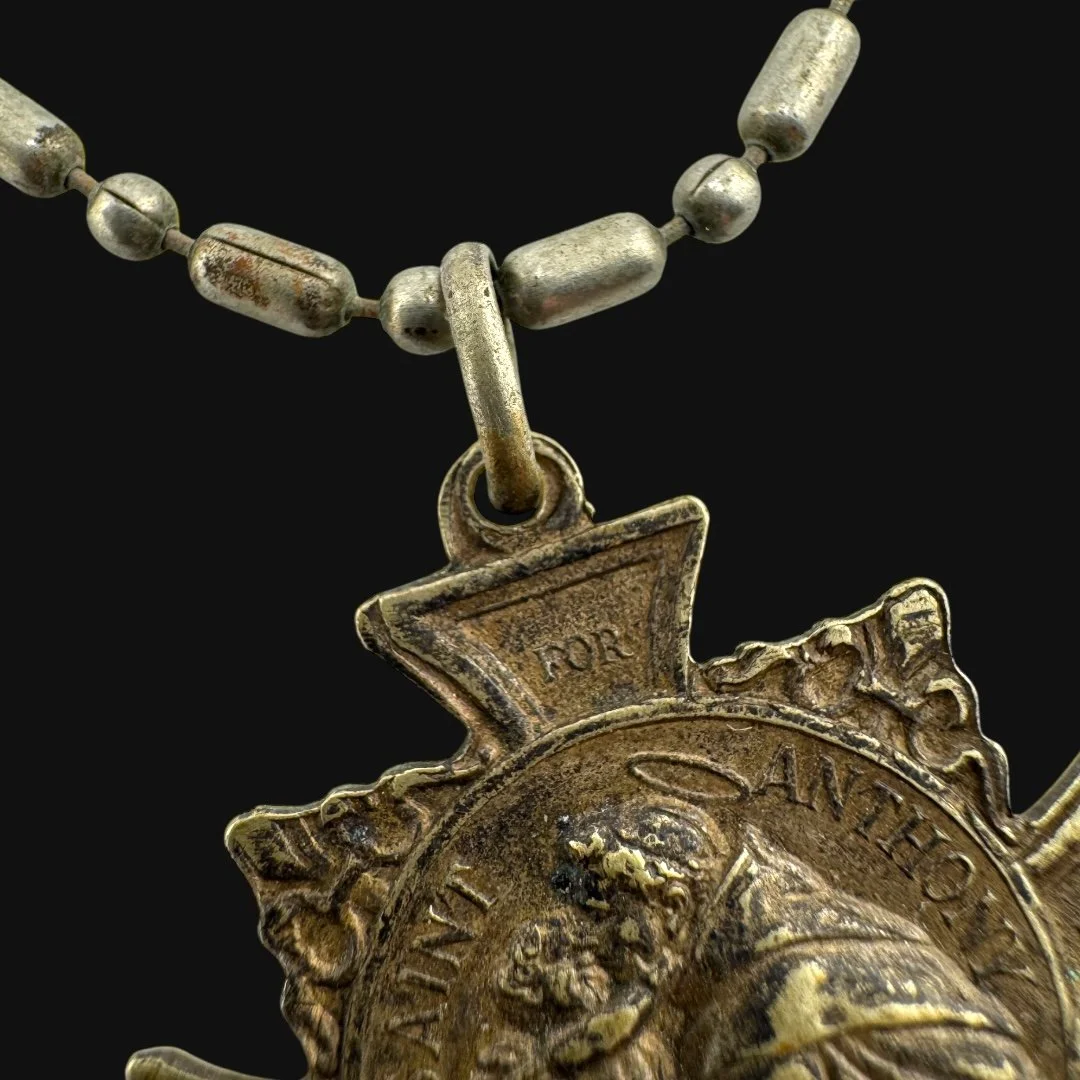 Image 8 of 16
Image 8 of 16

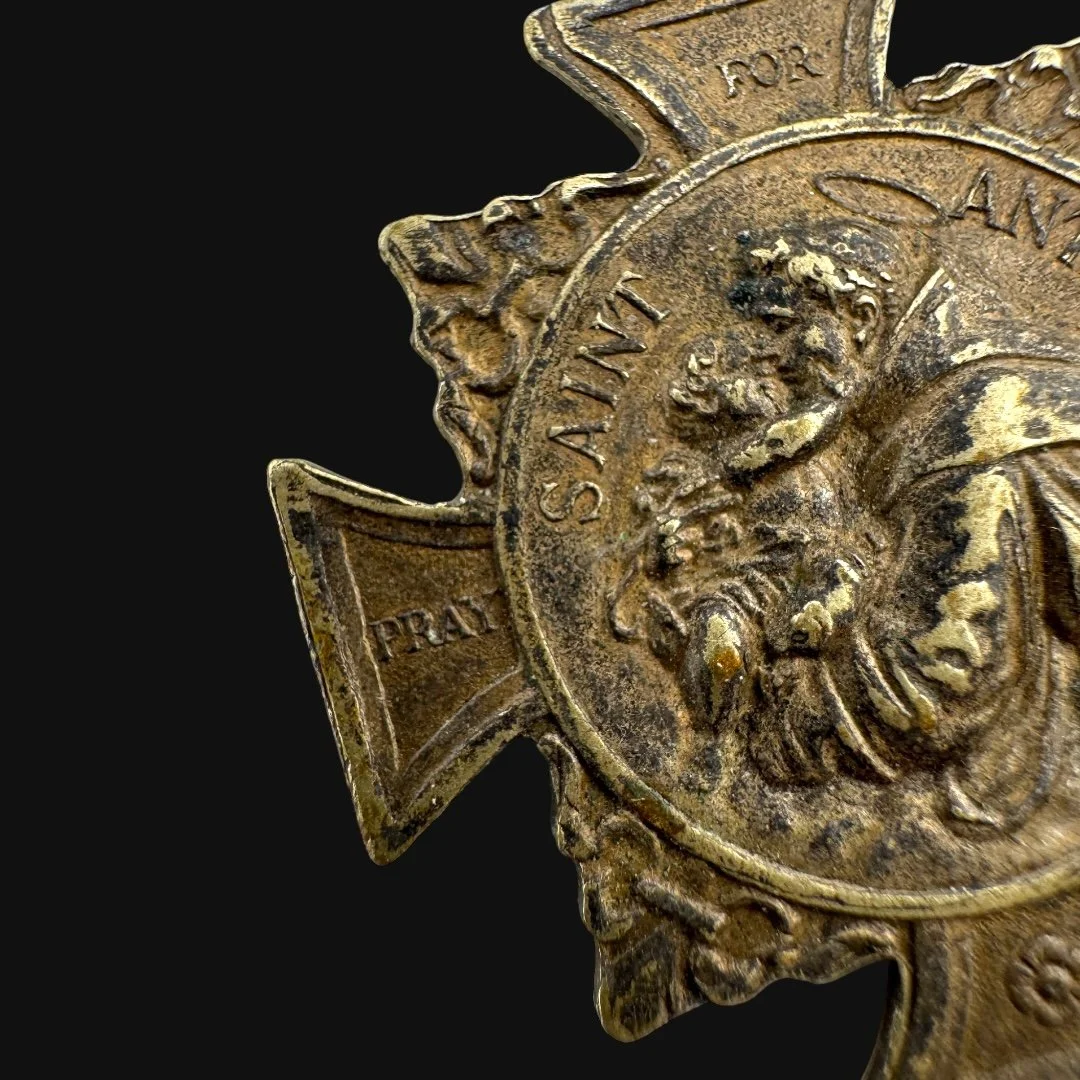 Image 9 of 16
Image 9 of 16

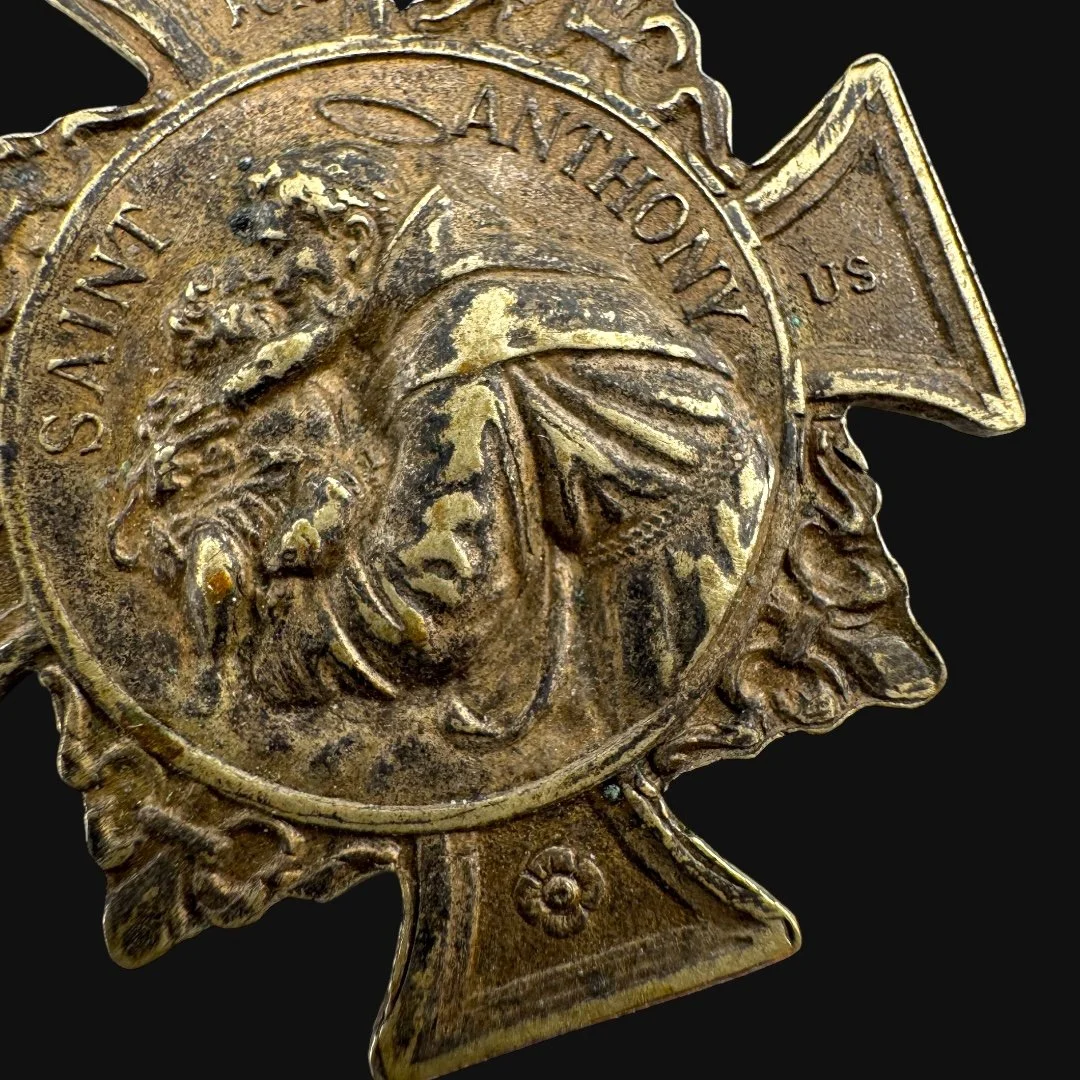 Image 10 of 16
Image 10 of 16

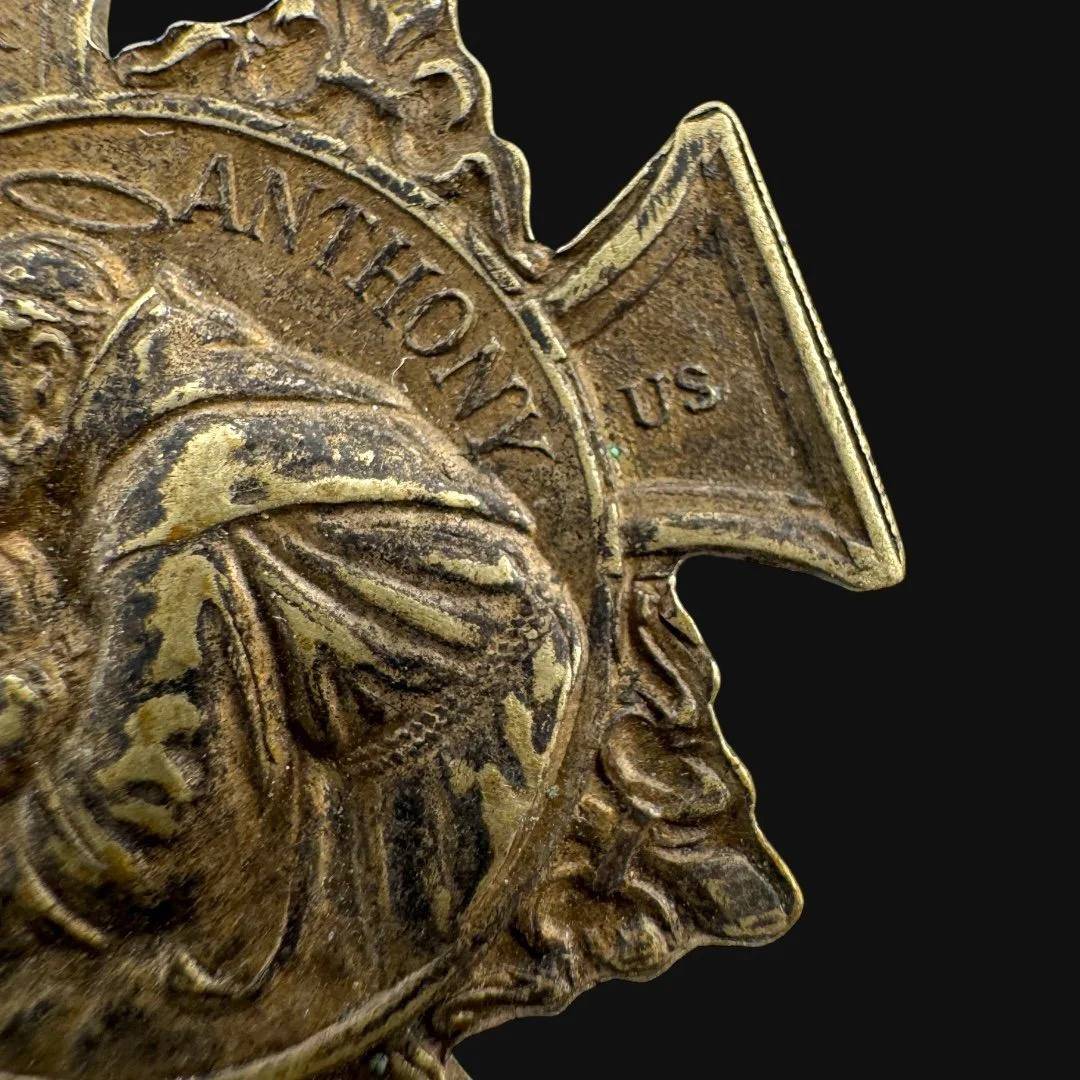 Image 11 of 16
Image 11 of 16

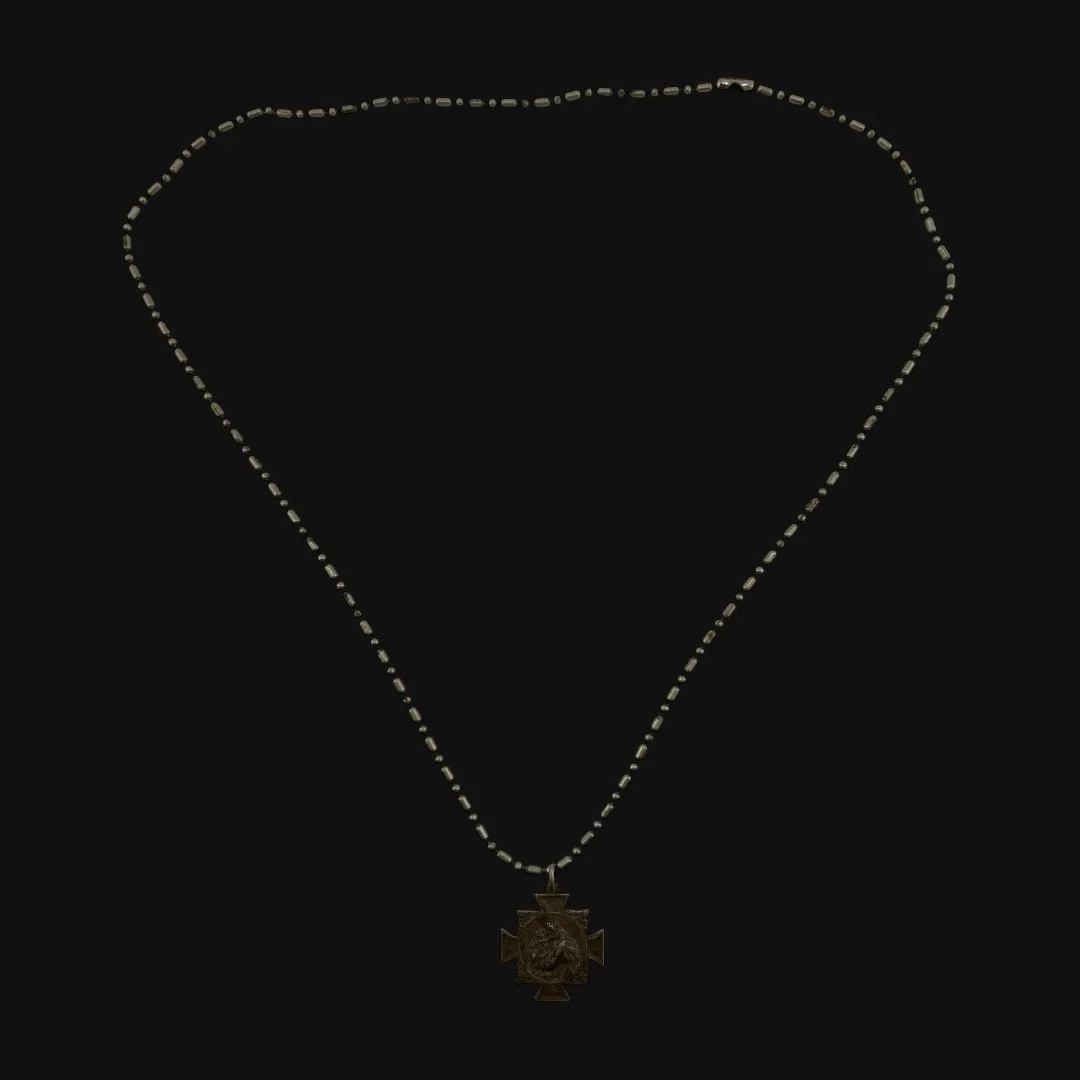 Image 12 of 16
Image 12 of 16

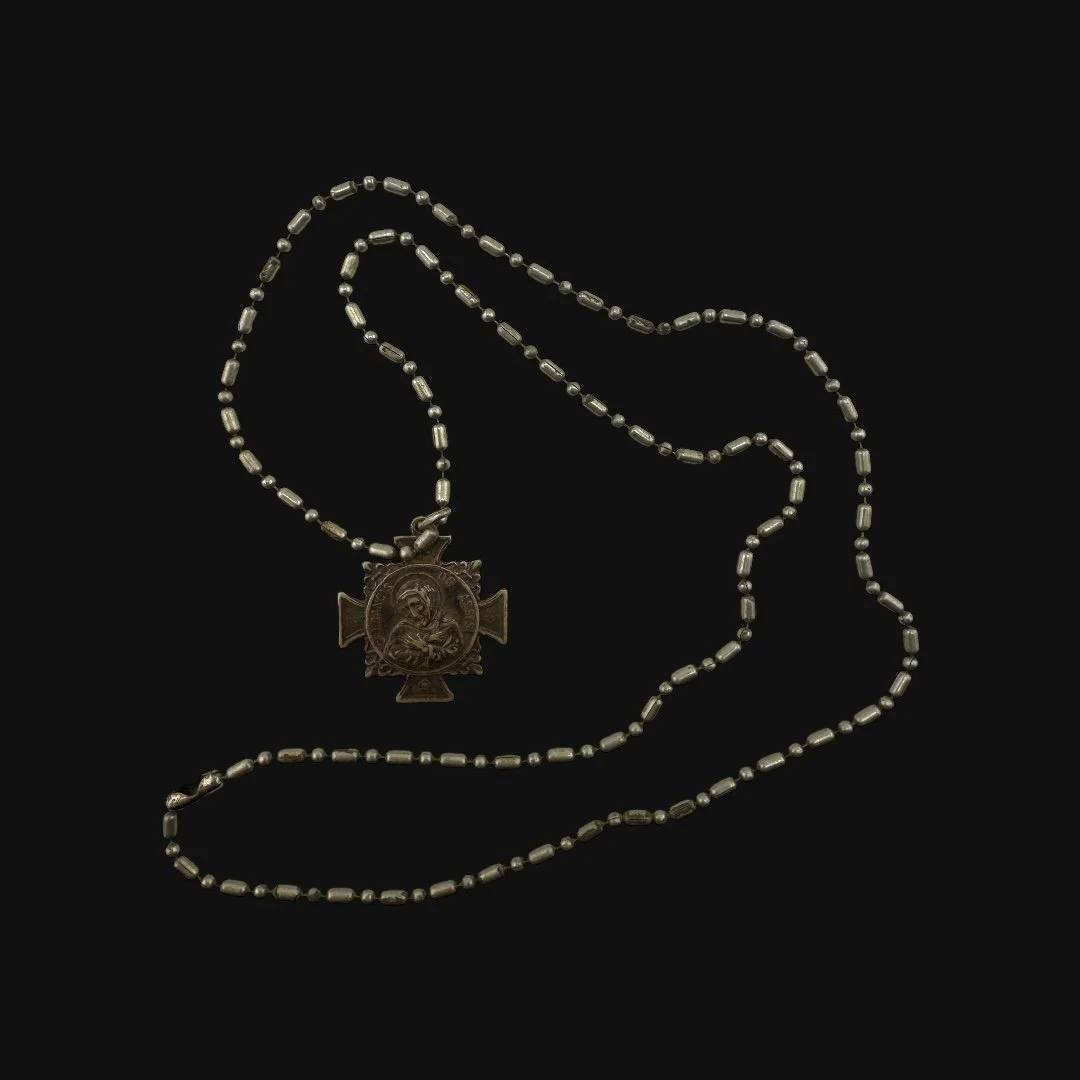 Image 13 of 16
Image 13 of 16

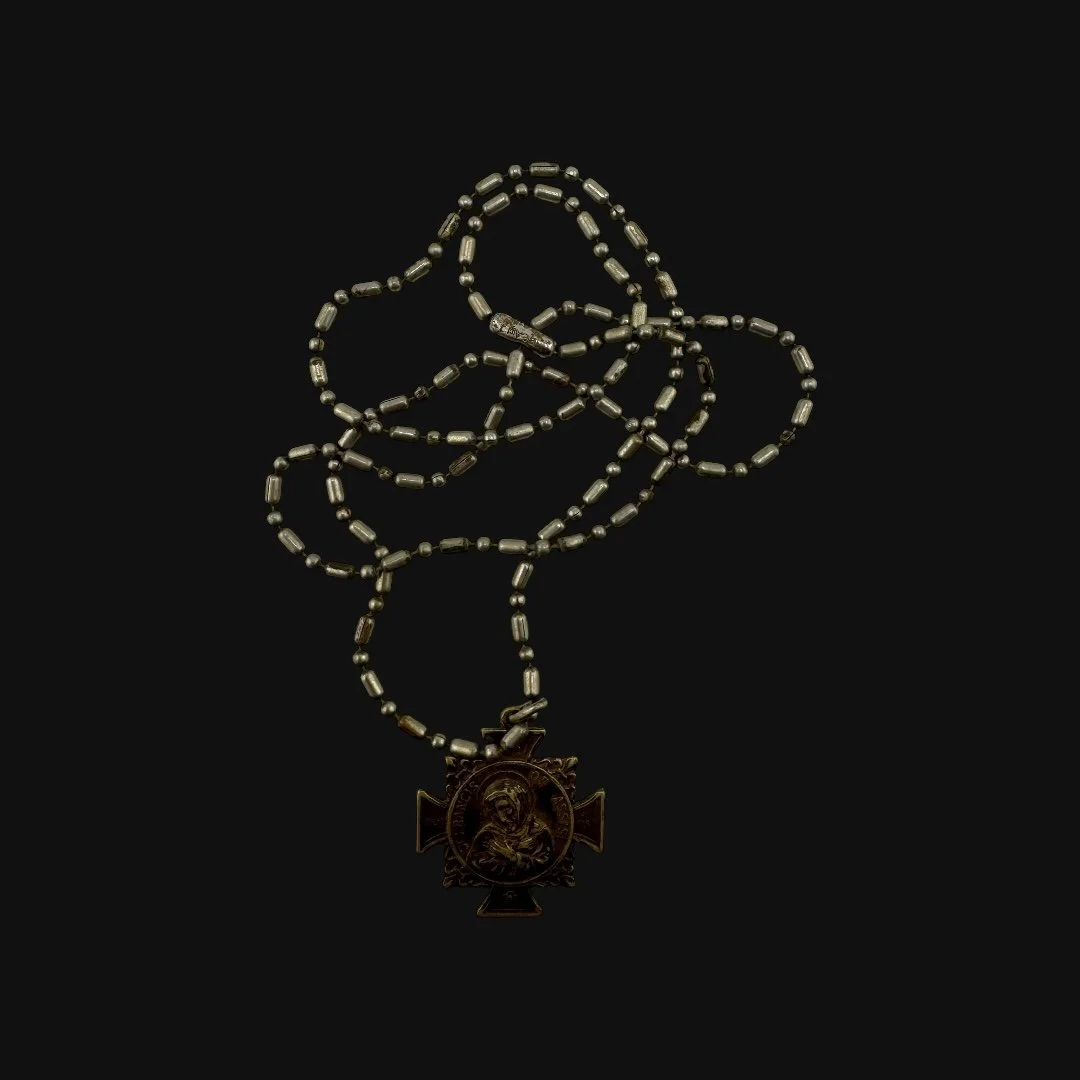 Image 14 of 16
Image 14 of 16

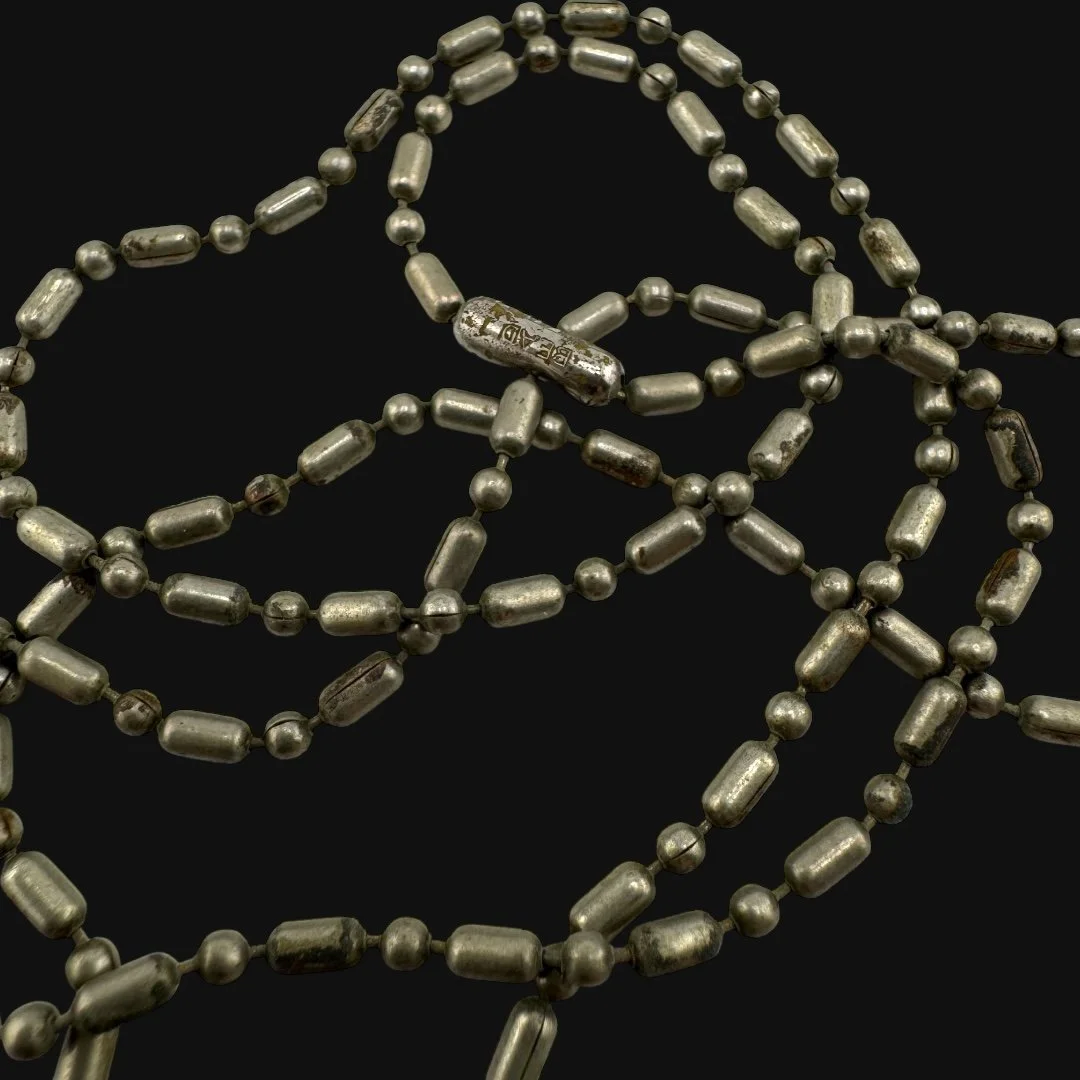 Image 15 of 16
Image 15 of 16

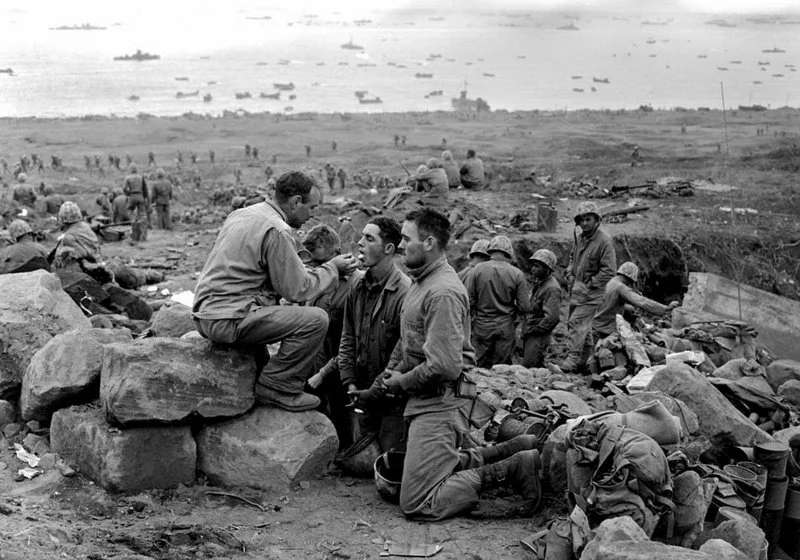 Image 16 of 16
Image 16 of 16

















Original WWII 1941-1945 U.S. Soldier's “St. Anthony & St. Francis of Assisi” Theater-Worn Military Religious Necklace Pendant (WITH ORIGINAL NECKLACE CHAIN)
Comes with a hand-signed C.O.A. and a full historical research write-up
From: World War II
Dated: 1941-1945
Pendant Size: Medium (1 inch x 1 inch) - COMES WITH ORIGINAL NECKLACE CHAIN
Inscription: “St. Anthony - PRAY FOR US” & “St. Francis of Assisi - PRAY FOR US”
Wearable History Collection:
During World War II, soldiers carried far more than the government-issued gear slung across their shoulders. Beyond rifles, helmets, and field rations, many tucked small tokens of faith into their kits. Among Catholic servicemen, pendants depicting saints like St. Anthony of Padua and St. Francis of Assisi held deep significance. These medals were modest in size but carried immense spiritual weight, serving as reminders of protection, humility, and the hope of safe return.
Unlike standard-issue dog tags, these pendants were never distributed by the military. Instead, they came from home. Mothers often pressed them into the palms of their sons, invoking St. Anthony, the patron saint of lost things, to help guide soldiers safely back to their families. Fathers and brothers gifted them as reminders of strength and perseverance. Wives and sweethearts slipped them into envelopes, trusting that the image of St. Francis, with his devotion to peace and creation, might offer calm in the chaos of war. Some servicemen purchased the pendants themselves at chapels, local jewelers, or even Post Exchanges, seeking a tangible connection to the faith they had grown up with.
By the 1940s, millions of such medals were carried across the world. They were struck in silver, brass, or lightweight alloys, sturdy enough to endure the rigors of war. Soldiers wore them beside their identification tags, close to the chest. Others kept them hidden in pockets or prayer books, pulling them out in moments of fear or quiet reflection.
For Catholic soldiers, St. Anthony and St. Francis represented more than simple devotion. St. Anthony embodied intercession, the belief that prayers spoken in desperation could still be heard, even on foreign soil. St. Francis reflected humility and compassion, qualities that grounded soldiers amid the dehumanizing brutality of combat. Even for non-Catholic comrades, these pendants carried a universal message of hope, peace, and the wish for safe passage home.
These tokens carried not only sacred imagery but also the echoes of loved ones left behind. A mother’s whispered blessing. A sweetheart’s promise. A prayer spoken at the moment of farewell. In letters, soldiers occasionally mentioned their medals, describing how they clutched them before parachuting into enemy territory or kept them steady in hand while riding out bombardments. Airmen carried them into the skies over Europe. Sailors wore them across vast oceans. Infantrymen held them tight during long marches through mud and snow.
In the end, these pendants became more than religious keepsakes. They were lifelines to home, to faith, and to the belief that even in war’s darkest hours, they were not alone.
Accounts from the Front
In soldiers’ letters and diaries, Saint Anthony pendants occasionally appear. A paratrooper preparing for Normandy wrote that he carried his “St. Anthony medal beside the tags so I won’t be lost from my brothers.” Sailors in the Pacific often wore them under their uniforms, hoping for safe passage through the vast and dangerous ocean. Pilots, facing some of the highest mortality rates of the war, often carried religious medals in their flight suits, and Saint Anthony was a natural protector against becoming “lost” over enemy skies.
Examples in Wartime Use
European Theater: Some infantrymen carried Saint Anthony pendants during the Normandy invasion and across France, seeing him as a guide through hedgerows, forests, and occupied towns.
Pacific Theater: Marines and sailors invoked his protection during chaotic island-hopping campaigns, from Guadalcanal to Okinawa. His role as guardian of the lost was especially meaningful in the disorienting jungles of the Pacific.
Air Force Missions: Bomber crews carried pendants on missions over Germany, seeking Saint Anthony’s intercession not to be “lost” in the air or over enemy territory.
The Legacy Within This WWII Necklace Pendant:
This original World War II soldier’s necklace pendant was worn as a symbol of faith as they faced the most dangerous campaigns of the war. From the beaches of Normandy and the frozen Ardennes to the islands of Guadalcanal and Iwo Jima, pendants like these traveled with their wearers through the fire of battle. They carried silent strength in the foxholes, aboard the landing craft, and in the skies above Europe and the Pacific. For many young men, they were reminders of family, faith, and home. Every scratch and worn edge tells a story. It reflects long marches under heavy packs, nights spent under artillery fire, and the constant weight of uncertainty. These pendants were deeply personal talismans, often gifted by loved ones, worn close to the heart through the trials of war. To own and wear an original World War II pendant today is to hold a tangible piece of that history. Each is one of a kind. No two carry the same marks, memories, or path through the war. Wearing this meaningful and historical WWII pendant is a natural conversation starter. A way to honor the service of family members who fought in the conflict and to continue carrying the legacy of the Greatest Generation forward. This pendant is not only jewelry. It is a living connection to the past. A reminder of courage, sacrifice, and the enduring spirit of those who shaped history in World War II.
Comes with a hand-signed C.O.A. and a full historical research write-up
From: World War II
Dated: 1941-1945
Pendant Size: Medium (1 inch x 1 inch) - COMES WITH ORIGINAL NECKLACE CHAIN
Inscription: “St. Anthony - PRAY FOR US” & “St. Francis of Assisi - PRAY FOR US”
Wearable History Collection:
During World War II, soldiers carried far more than the government-issued gear slung across their shoulders. Beyond rifles, helmets, and field rations, many tucked small tokens of faith into their kits. Among Catholic servicemen, pendants depicting saints like St. Anthony of Padua and St. Francis of Assisi held deep significance. These medals were modest in size but carried immense spiritual weight, serving as reminders of protection, humility, and the hope of safe return.
Unlike standard-issue dog tags, these pendants were never distributed by the military. Instead, they came from home. Mothers often pressed them into the palms of their sons, invoking St. Anthony, the patron saint of lost things, to help guide soldiers safely back to their families. Fathers and brothers gifted them as reminders of strength and perseverance. Wives and sweethearts slipped them into envelopes, trusting that the image of St. Francis, with his devotion to peace and creation, might offer calm in the chaos of war. Some servicemen purchased the pendants themselves at chapels, local jewelers, or even Post Exchanges, seeking a tangible connection to the faith they had grown up with.
By the 1940s, millions of such medals were carried across the world. They were struck in silver, brass, or lightweight alloys, sturdy enough to endure the rigors of war. Soldiers wore them beside their identification tags, close to the chest. Others kept them hidden in pockets or prayer books, pulling them out in moments of fear or quiet reflection.
For Catholic soldiers, St. Anthony and St. Francis represented more than simple devotion. St. Anthony embodied intercession, the belief that prayers spoken in desperation could still be heard, even on foreign soil. St. Francis reflected humility and compassion, qualities that grounded soldiers amid the dehumanizing brutality of combat. Even for non-Catholic comrades, these pendants carried a universal message of hope, peace, and the wish for safe passage home.
These tokens carried not only sacred imagery but also the echoes of loved ones left behind. A mother’s whispered blessing. A sweetheart’s promise. A prayer spoken at the moment of farewell. In letters, soldiers occasionally mentioned their medals, describing how they clutched them before parachuting into enemy territory or kept them steady in hand while riding out bombardments. Airmen carried them into the skies over Europe. Sailors wore them across vast oceans. Infantrymen held them tight during long marches through mud and snow.
In the end, these pendants became more than religious keepsakes. They were lifelines to home, to faith, and to the belief that even in war’s darkest hours, they were not alone.
Accounts from the Front
In soldiers’ letters and diaries, Saint Anthony pendants occasionally appear. A paratrooper preparing for Normandy wrote that he carried his “St. Anthony medal beside the tags so I won’t be lost from my brothers.” Sailors in the Pacific often wore them under their uniforms, hoping for safe passage through the vast and dangerous ocean. Pilots, facing some of the highest mortality rates of the war, often carried religious medals in their flight suits, and Saint Anthony was a natural protector against becoming “lost” over enemy skies.
Examples in Wartime Use
European Theater: Some infantrymen carried Saint Anthony pendants during the Normandy invasion and across France, seeing him as a guide through hedgerows, forests, and occupied towns.
Pacific Theater: Marines and sailors invoked his protection during chaotic island-hopping campaigns, from Guadalcanal to Okinawa. His role as guardian of the lost was especially meaningful in the disorienting jungles of the Pacific.
Air Force Missions: Bomber crews carried pendants on missions over Germany, seeking Saint Anthony’s intercession not to be “lost” in the air or over enemy territory.
The Legacy Within This WWII Necklace Pendant:
This original World War II soldier’s necklace pendant was worn as a symbol of faith as they faced the most dangerous campaigns of the war. From the beaches of Normandy and the frozen Ardennes to the islands of Guadalcanal and Iwo Jima, pendants like these traveled with their wearers through the fire of battle. They carried silent strength in the foxholes, aboard the landing craft, and in the skies above Europe and the Pacific. For many young men, they were reminders of family, faith, and home. Every scratch and worn edge tells a story. It reflects long marches under heavy packs, nights spent under artillery fire, and the constant weight of uncertainty. These pendants were deeply personal talismans, often gifted by loved ones, worn close to the heart through the trials of war. To own and wear an original World War II pendant today is to hold a tangible piece of that history. Each is one of a kind. No two carry the same marks, memories, or path through the war. Wearing this meaningful and historical WWII pendant is a natural conversation starter. A way to honor the service of family members who fought in the conflict and to continue carrying the legacy of the Greatest Generation forward. This pendant is not only jewelry. It is a living connection to the past. A reminder of courage, sacrifice, and the enduring spirit of those who shaped history in World War II.